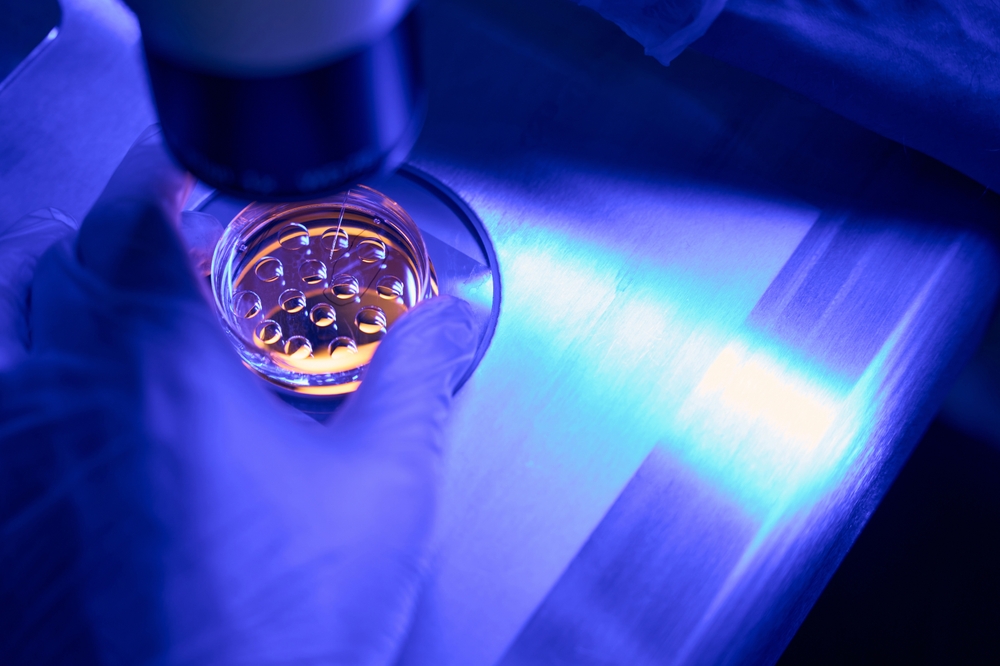
Spinal cord injuries (SCI) are devastating events that can completely change a patient’s quality of life. More effective therapies are needed to improve patient outcomes. The medical community has become more interested in exploring the use of stem cells for the treatment of spinal cord injuries.
A study, Clinical Trials of Stem Cell Treatment for Spinal Cord Injury, evaluated recent clinical studies that have looked into the potential of stem cell therapy for spinal cord injuries. The researchers found that stem cell therapy is promising for improving SCI patient outcomes.
Results of the Study
The researchers looked at clinical trials that utilized various stem cell therapeutic methods to see the effectiveness of stem cells on SCI patients. Most of the clinical trials are in the early stage, so there may not have been control patients. Additionally, many of the patients are severely injured and have suffered from their injuries for more than six months.
Some of the methods to evaluate patient outcomes included ASIA impairment scale classification, Frankel grade, Bartel score, Ashworth scale, functional independence measure assessment (FIM), and more.
There were only a few clinical trials that evaluated the use of stem cells on patients who had suffered spinal cord injuries in the last 48 hours or the acute phase of SCI. One study used allogeneic umbilical cord-derived mesenchymal stem cells on patients in the acute phase. The researchers transplanted the cells on a collagen scaffold onto the spinal cord about 24 hours after they suffered the injury. Two patients improved from ASIA A to ASIA C.
The next phase of spinal cord injuries is the sub-acute phase. The researchers defined this period as the time between two days and six months after the spinal cord injury. Patients in these studies were mostly treated with autologous mesenchymal stem cells. The researchers found that the results of
One study found that there was no significant recovery in SCI patients, while another found that 46% of ASIA A patients recovered to ASIA C as compared to only 15% in the control group. Another study found that bone marrow stem cells were only effective when they were administered before the eight-week mark. 30% of patients reported an ASIA grade improvement in the pre-eight week group, while no patients showed any recovery after eight weeks.
Most of the clinical trials that researchers evaluated looked at patients in the chronic phase of spinal cord injury. In this phase, there is little hope for patient recovery. There were great variations in the outcomes of these clinical trials.
One study broke 34 patients into three groups, cell transplantation, rehabilitation, and control. The researchers found that only the stem cell group showed improvement in motor, sensory, and bladder control recovery. Another study divided 70 patients into stem cell treatment and control groups. The study found that 34% of stem cell patients showed ASIA impairment scale improvement while none of the control patients saw any improvement.
The researchers found that the type of stem cell varied depending on the clinical trial. Some types of cells that were used were mesenchymal stem cells, neural stem cells, embryonic stem cells, and more. It is not known which type of stem cell is most beneficial for spinal cord treatment.
The researchers found that cell dose varied greatly in the trials that they evaluated. The medical community is still attempting to find the optimal dosage of stem cells. Another significant factor that needs to be considered is the administration route. The researchers found that there were four methods of administration: intra-arterial, intravenous, intrathecal, and intraspinal. These administration methods had various benefits.
Intravenous administration is the easiest and has the lowest invasiveness, which enables medical professionals to administer the treatment multiple times. The issue with this administration method is that stem cells may not reach the area of the spinal cord that is damaged. An intra-arterial approach can potentially deliver more stem cells to the damaged area, but heart damage could be caused if too many stem cells clog the artery.
Intrathecal administration is more desirable as stem cells are administered to the spinal cord, but the number of stem cells that are delivered to the damaged area is unclear. The intraspinal approach leads to the highest level of cell delivery to the damaged area of the spinal cord. This approach is the most invasive and requires surgery. It remains to be seen which administration method is the most effective for spinal cord injury patients.

